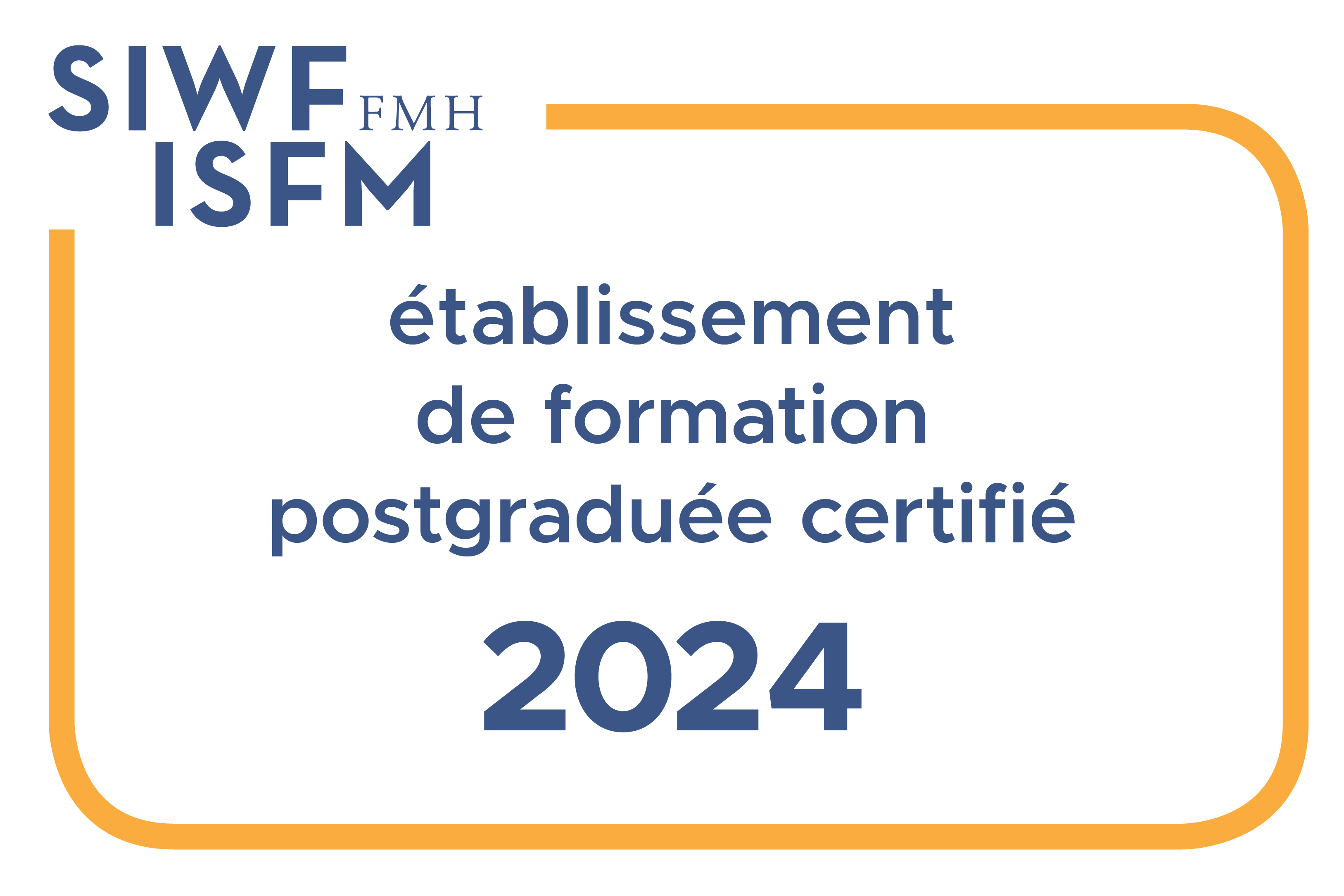Specialists from the Centre ASSAL, in collaboration with HEPIA, have participated in the publication of an article called ''Reliability Study of a New Electromechanical Device Designed to Measure the Relative Dorsal Mobility of the First Ray of the Foot''.
PD Dr Mathieu Assal, Dr Victor Dubois-Ferrière, Dr Antoine Acker and Dr Nils Reymond have participated in the publication of an article, in collaboration with Quentin Praz, Spyridon Schoinas and Philippe Passeraube, from HES-SO HEPIA (Haute École Du Paysage, D'ingénierie Et D'architecture De Genève). The article demonstrates the reliability of the device in measuring the relative dorsal mobility of the first ray of the foot. This step appears as necessary in the quantification and qualification of the first ray's hypermobility.
│Abstract│
Introduction: A new electromechanical instrument has been developed to measure relative dorsal mobility of the first ray in an objective and reliable way by simulating ground reaction forces during gait. This device equally applies a standardized, electronically controlled, and precise force under the first metatarsal head M1 as well as under the heads of the lesser metatarsals M2 to M5. The relative dorsal mobility between these two bearings is then measured. The purpose of this study is to assess the intra- and inter-examiners reliabilities of the measurements obtained with this device. Methods: The protocol included two examiners and 36 feet (18 volunteers with healthy feet and no history of forefoot disorders). A total of nine measurements were performed on each foot separated into three sets of three trials for the assessment of inter-rater and intra-rater reliability. For this purpose, the interclass correlation coefficient (ICC), the error of measurement (SEM) and the Bland and Altman (B&A) graphical analysis were computed. Results: Excellent ICC values (≥0.91) were obtained with the novel device for inter-rater and intra-rater reliability when using the FRRM calculation. The B&A analysis presented a bias between examiners of -0.25 mm ranging from -1.66 to 1.18 mm. Conclusion: This study demonstrated the capability of the developed device to reliably measure the relative dorsal mobility of the first ray of the foot. This is a promising first step for further studies to better understand, qualify and quantify first ray hypermobility.
Link to the publication




